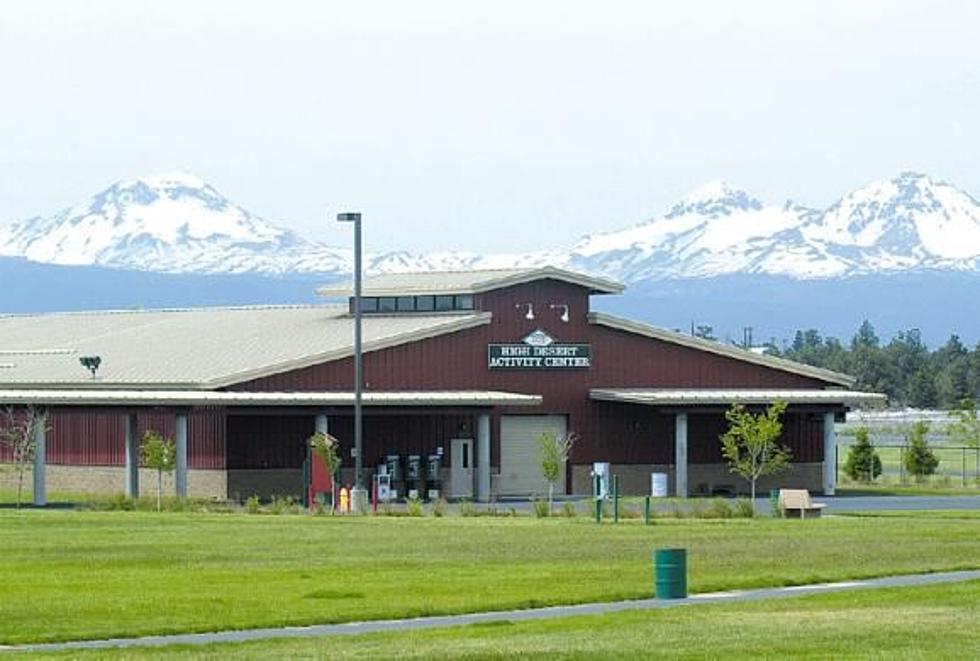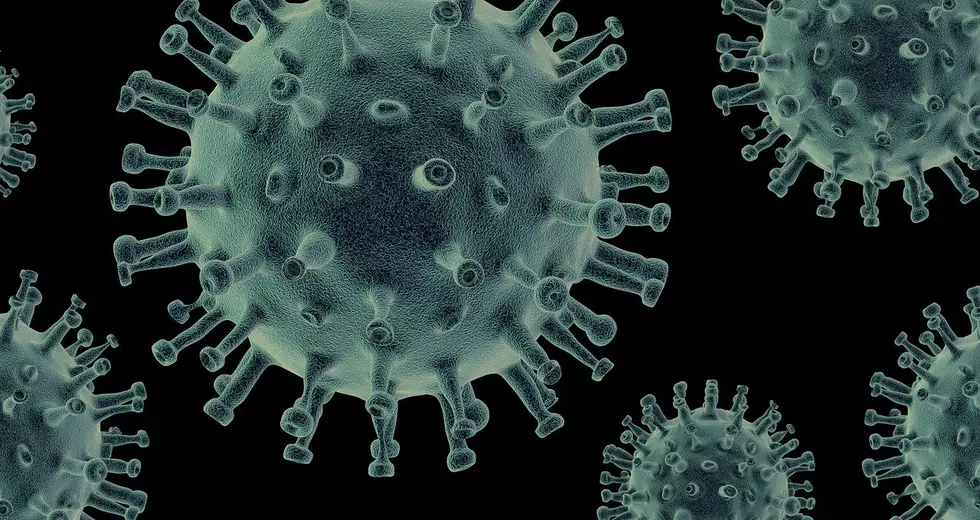
Industry Analyst Says Cattle Industry Needs To Increase Capacity
The rash of catastrophic events hitting the beef industry during the past year, including the fire at the Kansas beef processing plant and COVID-19 has led Dustin Aherin, animal protein analyst for Rabo AgriFinance, to conclude the industry needs more meatpacking capacity.
“From 2002-2019, the average percentage of fed steer prices, minus drop credit to comprehensive cutout, was about 55%. In 2016, the average for that year was about 54%. So, if the industry were to return to the leverage level of 2016, we would need to have about 5,000-6,000 head of daily packing capacity.”
Aherin said the extra packing capacity can come from a variety of areas.
“Number one, it could come from technology at existing plants. Another potential would be smaller to medium sized plants that really specialize in niche markets, talking 1,000 to 2,000 head daily capacity. And its not cheap. We estimate about $100 - $120 million of investment per 1,000 head of capacity, and we have to have enough capital to survive a full cattle cycle.”
He noted if the industry were to start building a plant today, by the time that plant is running producers would probably see a tighter cattle supply situation. Aherin added the cattle industry needs to be flexible and nimble to stay ahead of changes in the future.
“The beef industry has really capitalized on a lot of successes over the last couple of decades. We’ve gained export market access, improved genetics and improved meat product quality, but we can’t simply rest on past successes. We have to really be focused on the consumer, being ready to innovate and creative because if history is making changes and jumps, we don’t want to be caught flat-footed.”
With the long production cycle of beef, Aherin concludes the industry needs to be thinking five to ten years ahead, because that’s only a couple generations of beef cattle.
If you have a story idea for the PNW Ag Network, call (509) 547-1618, or e-mail gvaagen@cherrycreekmedia.com
More From PNW Ag Network









